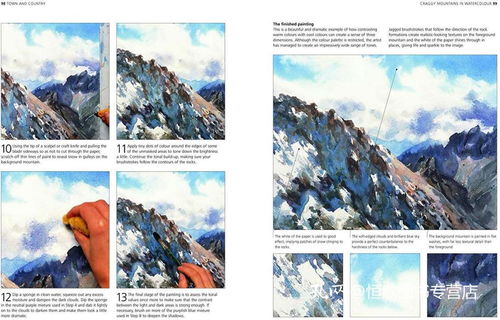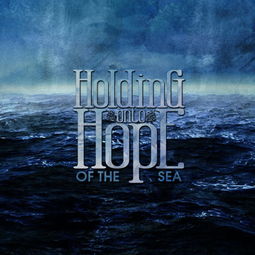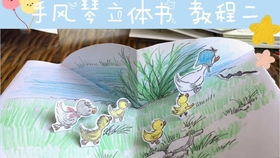Content:
Introduction: Corn fishing, also known as using corn as bait, is a popular and effective method for catching a variety of fish species. The sweet, nutritious nature of corn makes it an attractive food source for many fish, and with the right techniques, anglers can enjoy fruitful fishing experiences. In this article, we will delve into the art of corn fishing, exploring the best ways to prepare and use corn as bait, as well as providing some valuable tips and tricks to help you master this fishing technique.
Choosing the Right Corn: The first step in corn fishing is selecting the right type of corn. While sweet corn is the most commonly used, there are a few things to consider:
- Freshness: Use fresh corn for the best results. Fresh corn is more nutritious and appealing to fish.
- Size: Choose corn kernels that are suitable for the fish you are targeting. Larger fish may require larger kernels, while smaller fish can be caught with smaller kernels.
Preparing the Corn: Once you have selected the right corn, it's time to prepare it for use as bait:
- Soak the corn: Soaking the corn in water for several hours or overnight can make it more palatable to fish. This process also helps to rehydrate the kernels, making them easier to attach to hooks.
- Boil the corn: Another option is to boil the corn for a few minutes. This will soften the kernels and make them more attractive to fish.
- Cut the corn: If you are using larger corn kernels, you may want to cut them in half or into smaller pieces to make them more manageable and easier for fish to eat.
Attaching Corn to Hooks: Properly attaching corn to hooks is crucial for successful corn fishing:

- Choose the right hook: Use a hook that is appropriate for the size of the corn and the fish you are targeting. A small, sharp hook is often ideal.
- Secure the corn: There are several methods to attach corn to hooks, including:
- The corn ball: This involves rolling a small ball of corn onto the hook, ensuring it is secure but not too tight.
- The corn slice: Cut a slice of corn and thread it onto the hook, leaving a small part of the kernel exposed.
- The corn thread: Use a piece of thread to tie the corn to the hook, creating a more natural-looking presentation.
Corn Fishing Techniques: To maximize your chances of success with corn fishing, consider the following techniques:
- Location: Fish tend to congregate in areas with abundant food sources. Look for areas with vegetation, rocks, or other structures where fish are likely to be feeding.
- Depth: Depending on the fish species, you may need to fish at different depths. Experiment with various depths to find where the fish are most active.
- Patience: Corn fishing can be a slow process, so patience is key. Allow the corn to sit on the hook for a while before reeling it in.
- Timing: Fish are more active during certain times of the day. Try fishing during dawn, dusk, or on overcast days when fish are more likely to feed.
Additional Tips: Here are some additional tips to help you improve your corn fishing experience:
- Keep your gear clean: Regularly clean your fishing equipment to prevent any buildup of debris or algae that could affect your bait.
- Experiment with different corn types: While sweet corn is the most popular, you can also try using other types of corn, such as popcorn or Indian corn, to see if they yield better results.
- Learn from your experiences: Keep track of your fishing sessions and note which techniques and locations work best for you. This will help you refine your corn fishing skills over time.
Conclusion: Corn fishing is a simple yet effective method for catching a variety of fish species. By selecting the right corn, preparing it properly, and employing the right techniques, you can enjoy successful fishing experiences. Remember to be patient, experiment with different methods, and learn from your experiences to become a master of corn fishing. Happy fishing!












